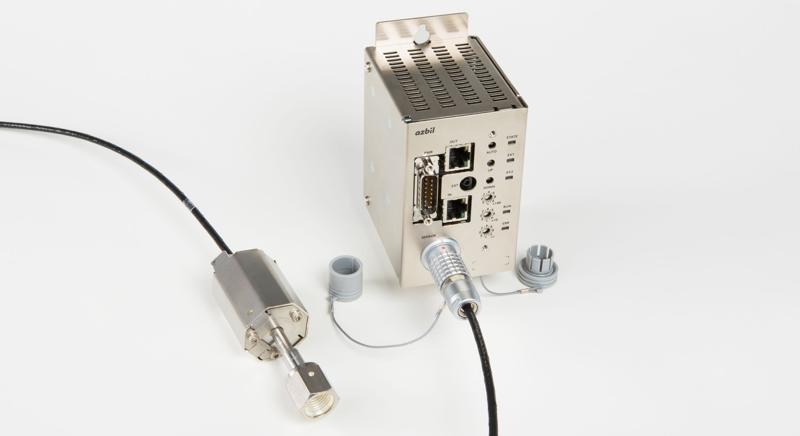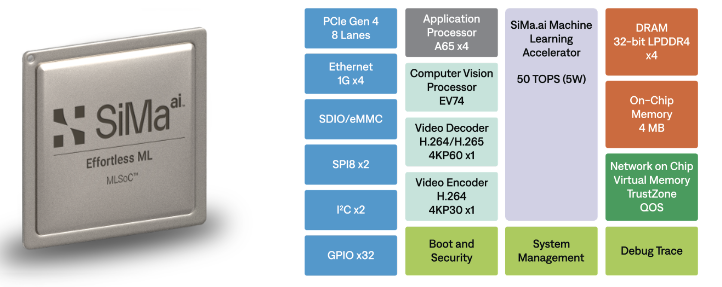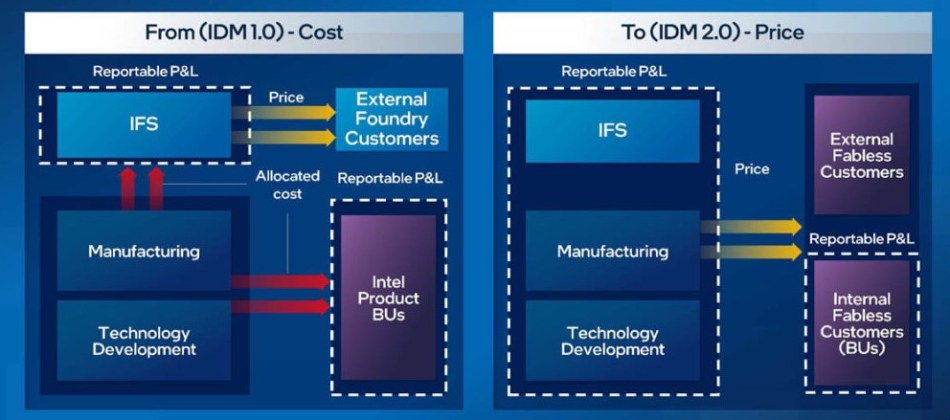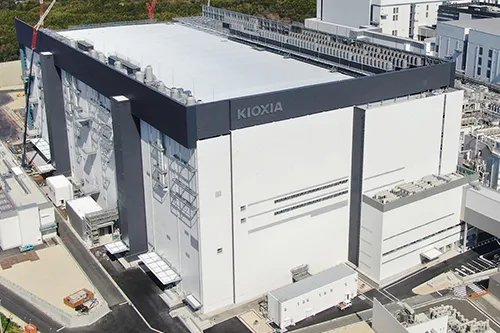
Vacuum gauge offers enhanced resistance to deposition
- ICDesign
- 2023-09-23 23:01:40
The Model V8 capacitance diaphragm vacuum gauge from Azbil is outfitted with a redesigned pressure sensor that achieves higher resistance to deposition. MEMS processing technology is used to make the sapphire capacitance sensor chip’s surface uneven, helping to break up film deposited on the sensor diaphragm. Stress is also better balanced, making the diaphragm surface less likely to flex.

Front-end film deposition and etching processes in semiconductor manufacturing employ a wide variety of gases. Depending on the process gas used, film deposits may form on the sensor diaphragm of the vacuum gauge, resulting in a shift of its zero point. With the Model V8, the amount of zero point shift has been reduced to one-tenth that of the company’s SPG series of sapphire capacitance diaphragm gauges.
The Model V8 is offered in two configurations. Unlike the integrated V8C, the V8S features a control unit that is separated from the gauge head. This allows the V8S gauge head to be used in temperatures as high as 250°C. Such high-temperature environments are often found in atomic layer deposition equipment.



Model V8 product page
Azbil
Find more datasheets on products like this one at Datasheets.com, searchable by category, part #, description, manufacturer, and more.
Vacuum gauge offers enhanced resistance to deposition由Voice of the EngineerICDesignColumn releasethank you for your recognition of Voice of the Engineer and for our original works As well as the favor of the article, you are very welcome to share it on your personal website or circle of friends, but please indicate the source of the article when reprinting it.“Vacuum gauge offers enhanced resistance to deposition”










